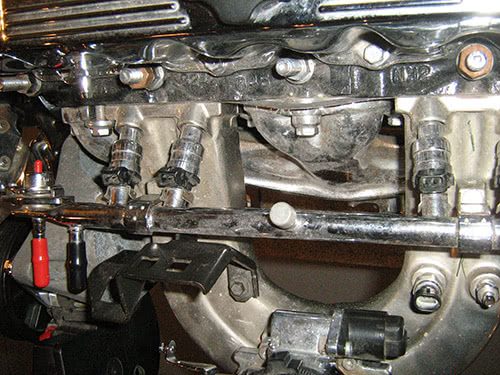How Does Fuel Injection Work?
The first fuel injection system was developed by English inventor Herbert Akroyd Stuart in 1890 but would be developed by Rudolf Diesel later in the decade. Nearly all Diesel engines would have direct fuel injection by the late 1920s. Gasoline fuel injection was first developed in 1902, but the first direct injection system was created by Swedish engineer Jonas Hesselman in 1925. In 1940, the Italian company Alfa Romeo had created a rudimentary electronic injection system.
Until the mid 1940s, this technology was mostly used in the production of airplanes, but expert hot rodders began using the technology in some cars. Direct injection was first widely used in 1952, and electronic injection was first widely used in 1957. By the 1970s and 80s, many countries were developing strict exhaust emissions standards that made old-fashioned carburetors too impractical, and the last carburetors were phased out in 1989.
A fuel injector is basically a valve that controls the amount of fuel going into the engine. When you step on a car’s accelerator, it increases the amount of air that goes into the engine. As more air goes in, the engine needs more fuel to make the car speed up. Electronic sensors monitor how much air is going in and tells the fuel injector how much it needs to give. Pressurized fuel goes into the injector from the fuel pump, and when the engine needs it, the valve opens up at a rate of several times a second. A small nozzle sends the fuel into the engine intake valves, which are on the intake manifold. How long the valves stay open is determined by a car’s ECU, which is a computer that controls all the engine’s electronics.
Each valve has its own injector that’s supplied by a fuel pipe, and the amount of fuel that’s injected is determined by seven sensors that calculate the amount of oxygen in the exhaust, coolant temperature, voltage, engine speed, manifold pressure, airflow and the throttle valve position. There are two types of multi-port systems, which are the type used in cars today. One type opens all the injectors at once while the other lets each injector open as its intake valve opens.










